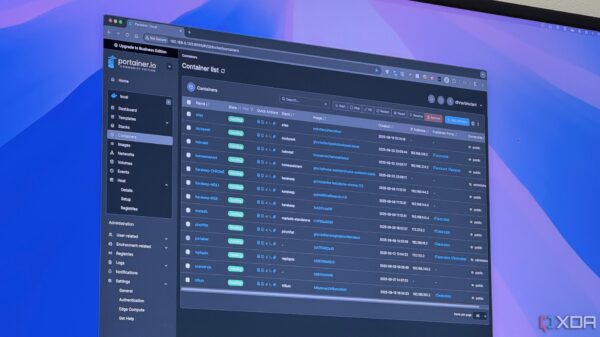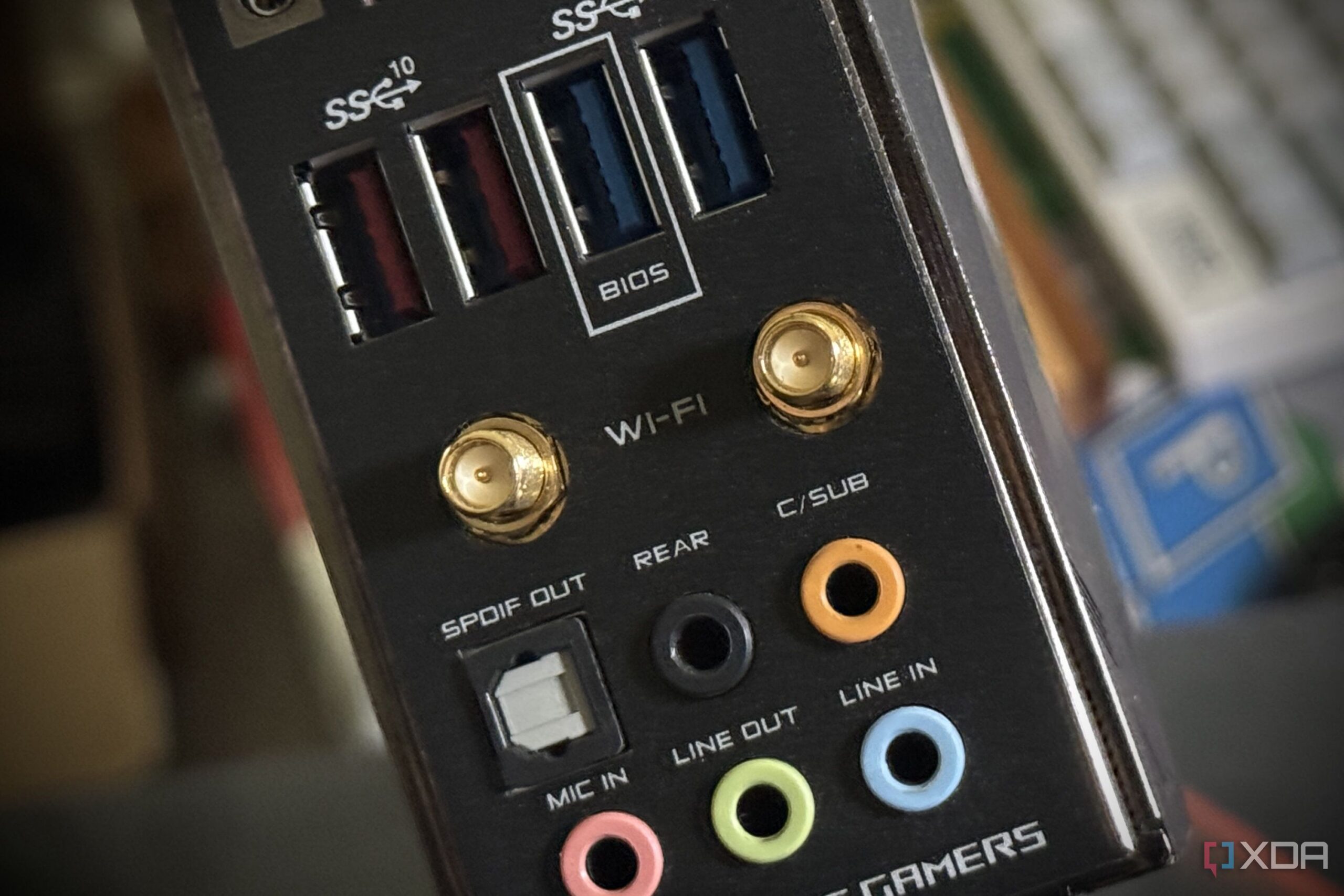URGENT UPDATE: A new report reveals that many desktop PC users may be experiencing significant slowdowns due to inadequate onboard Wi-Fi capabilities. As of 2025, issues with Wi-Fi performance could be affecting everyday tasks, from downloading large files to participating in video calls.
Most motherboards focus on specs like PCIe 5.0 lanes or M.2 slots, while the onboard Wi-Fi often goes unnoticed. However, this oversight can impact performance in critical ways, especially when high-speed internet is necessary. Users might not realize the limitations until they encounter problems like latency spikes or random disconnects during crucial activities.
Critical Findings: Many motherboards ship with external antennas, yet users frequently neglect to connect them. Without proper antenna placement, which is often hindered by compact setups, users face diminished speeds and increased latency. For example, if a motherboard’s antennas are tucked behind a PC case, they struggle to maintain a stable connection to the router. Consequently, this setup leads to inconsistent internet performance, leaving users frustrated.
Furthermore, the longevity of onboard Wi-Fi is a major concern. As technology advances, devices that support Wi-Fi 7 have emerged, leaving older models like the Asus Strix X570-E, which features Wi-Fi 6, feeling outdated. Users with newer routers may find their motherboards lagging behind, unable to utilize the available bandwidth and lower latency that comes with newer standards. The reality is stark: if your motherboard is locked to the standards from its launch, it risks becoming obsolete as you upgrade other devices in your network.
Ethernet Remains Superior: Despite advancements in wireless technology, Ethernet continues to reign supreme for desktop users. The wired connection offers unparalleled stability and speed, eliminating the worries of signal strength and interference. Modern motherboards now come equipped with 2.5GbE, 5GbE, and 10GbE ports, ensuring that users can maximize their internet plans without falling prey to the limitations of wireless technology.
As more users adapt to remote work and online gaming, the need for reliable connectivity is more urgent than ever. With Ethernet, users can enjoy consistent internet speeds and low latency, which many find essential for a seamless experience.
In conclusion, while onboard Wi-Fi may seem convenient, the reality is that it often underdelivers in real-world scenarios. Users are encouraged to prioritize wired connections for their desktop setups to avoid the pitfalls associated with onboard Wi-Fi. If you are relying on your motherboard’s Wi-Fi as your primary connection, consider switching to Ethernet for a more stable and efficient experience.
For those who still want wireless access, investing in a high-quality USB or PCIe Wi-Fi adapter may be necessary to keep pace with evolving technology. As the digital landscape continues to change, ensuring your connection is reliable will be key to productivity and enjoyment.






































































